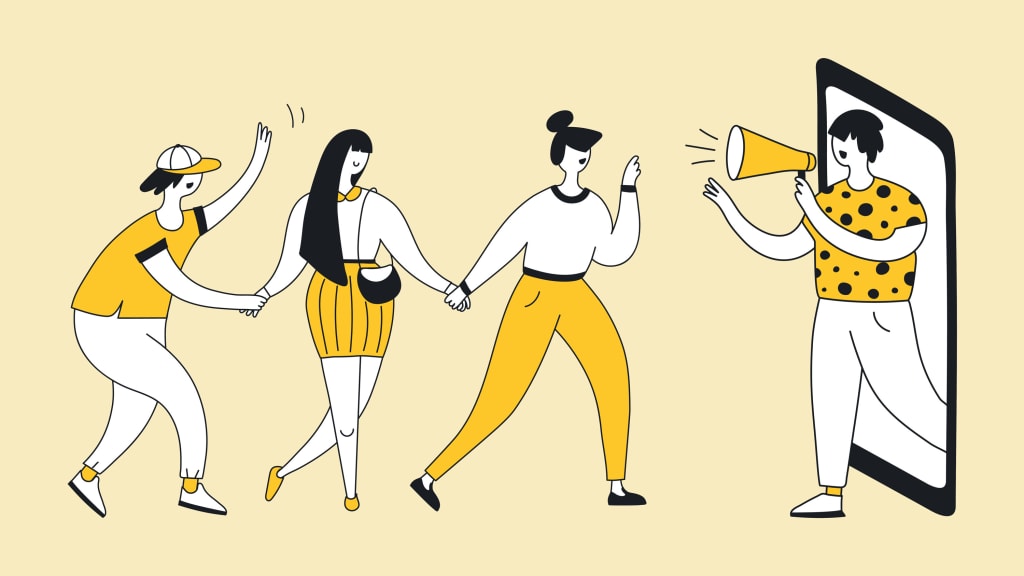
With 80 percent of U.S. consumers affiliated with at least one loyalty program, and more than 55 percent of consumers in agreement that such programs are more important than ever--this, according to a new LendingTree survey of nearly 2,100 Americans--it's safe to say that loyalty breeds loyalty.
A recent McKinsey report found that members of paid loyalty programs are 60 percent more likely to spend more on a brand after subscribing. But of course, it's not just businesses that reap the advantages here. The outcome of this business model--specifically subscriptions and Pay With Points (PWP)--is mutually beneficial, enhancing the customer experience while yielding better bottom lines for retailers and brands of all sizes.
Why subscription loyalty models work.
Consumers like loyalty programs for the discounts, freebies, and other rewards it gives them access to--access being the key word there. Because the appeal of a loyalty program lies in its perceived value, not necessarily in what a consumer actually redeems. When a customer has a high perceived value of a product, service, or experience, their brand affinity responds in turn.
According to a leading subscription management platform provider Zuora's latest Subscription Economy Index report, subscription businesses in the index have grown 4.6 times faster than the S&P 500 in the past decade. Churn rates also decreased, supporting the notion that consumers who subscribed early on during the pandemic are sticking around.
My company, Dotcom Distribution's latest research--a study of 1,150 U.S. consumers who shop online--also found demand for subscription services to be unwavering; where our 2021 study revealed that 25 percent of consumers signed up for one or more subscription services during the pandemic, the adoption of subscription services rose to 35 percent in 2022. And with UBS forecasting 25% growth in the subscription economy from 2020-2025, an exploratory dive into this model is a worthwhile investment of time.
Why Pay with Points(PWP) loyalty models work.
Despite the abundance of currencies and payment options available to online shoppers, consumers have clear payment method preferences. Given all the buzz around Buy Now, Pay Later (BNPL) over the past couple of years, it would have been fair to assume that as the fan favorite, but according to Dotcom's study, a majority of consumers--63 percent, to be exact--are most inclined to pay with points or rewards. By comparison, 10 percent would prefer to split payments across multiple methods, 15 percent would opt for BNPL, and just three percent are in the crypto-currency camp.
PWP has become an increasingly popular model retailers and brands are using to lock in loyal customers and grow sales through recurring revenue. For many sellers, particularly smaller and emerging ones, PayPal's Pay with Rewards program is what allowed them to play in this space, presenting a modern option that eased restrictions on how, where, and when shoppers can redeem points. It was a great lesson in adapting to changing consumer behavior.
In the world of e-commerce, there are two things that are not in short supply for consumers: 1) choices and 2) competition for their attention and dollars. More and more brands and realizing that winning the battle on both fronts requires increasing customer lifetime value, and creating unique, exciting, personalized experiences through strategic loyalty programs is a path to earning the most valuable customers.
"loyalty" - Google News
July 30, 2022 at 06:03AM
https://ift.tt/GrHPqsX
The Mounting Case for Employing Loyalty Programs | Inc.com - Inc.
"loyalty" - Google News
https://ift.tt/gSoivXQ
https://ift.tt/ilyROhH
Bagikan Berita Ini














0 Response to "The Mounting Case for Employing Loyalty Programs | Inc.com - Inc."
Post a Comment